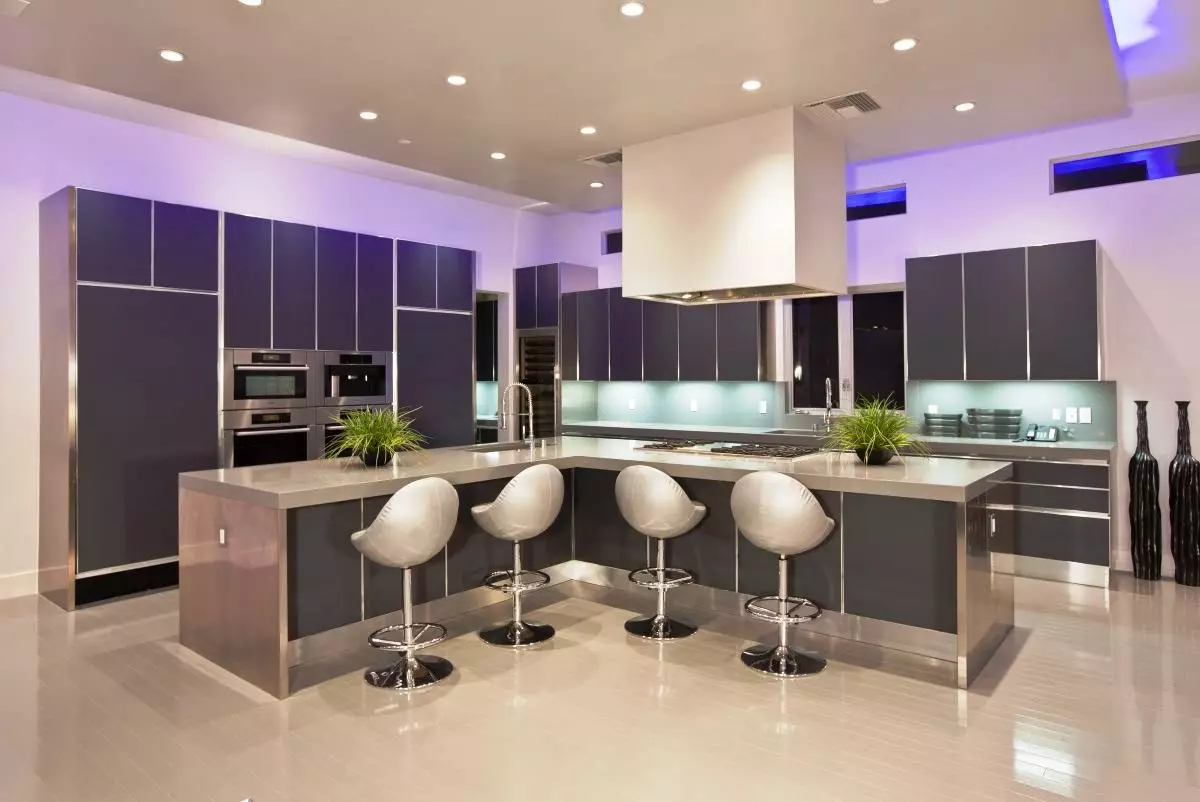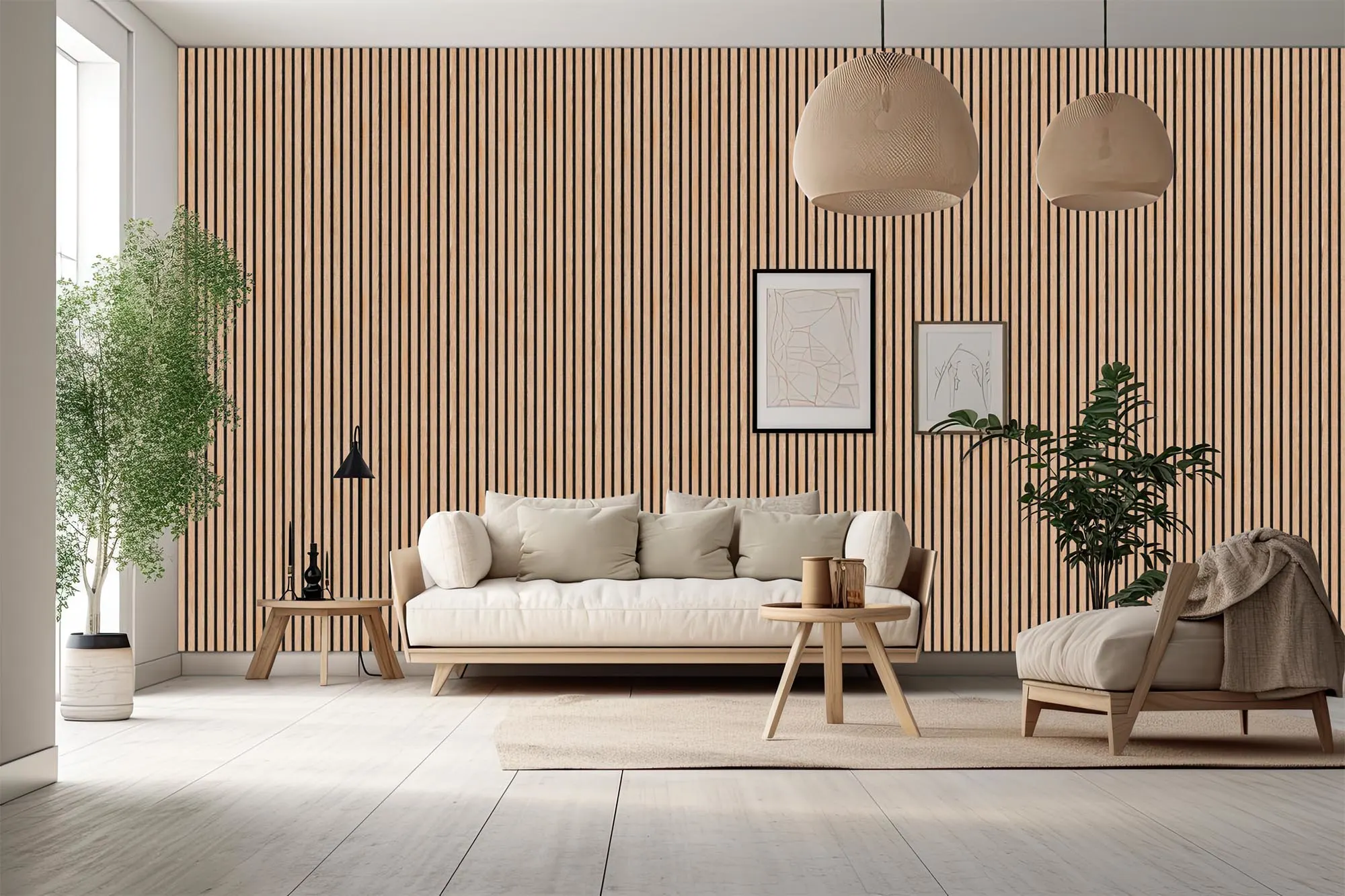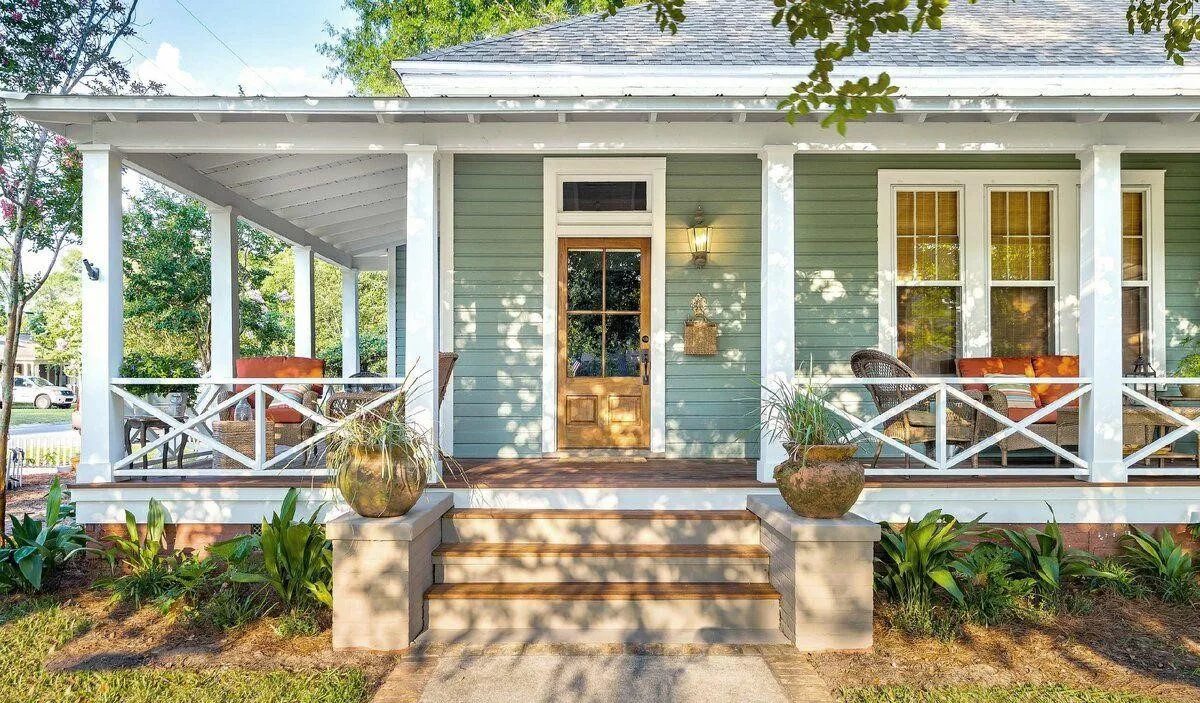Receiving the gift of a warm and comfortable home during this period is truly delightful. The use of the right lighting elements, such as pendant lights, wall-mounted string lights, or floor lamps on your side table, can enhance the lighting in your room. These additions bring warm white light and aesthetic appeal to your living room, creating a cozy atmosphere. Maintaining a warm home becomes crucial during winter to ward off flu and colds.
With a few tips, you can make the most of chilly evenings, snuggling up in your fleece comforters. Let's explore how to keep your home both warm and aesthetically pleasing, using lighting designs, fixtures, and ideas for both indoor and outdoor spaces.
1. Accentuate the bright side
/accentuate-the-bright-side-interior-lighting-tips.webp)
Make the most of natural light by utilizing sheer curtains, which not only help illuminate the space but also maintain your privacy. Keep heavy curtains and shutters open until daybreak to accentuate the available light. Enhance the lighting effect by placing mirrors near your windows.
Surfaces with a sheen, such as mirrors, metal, tiles, and glossy paint, have the ability to reflect, intensify, and amplify light. On the other hand, matte or textured surfaces tend to absorb light. In overly bright spaces, you can use dark textured surfaces to reduce glare from excessive sunlight.
2. More Light
/add-more-lights-in-home.webp)
Incorporate floor lamps throughout your house and replace dim lights with brighter ones to fill your home with luminosity. To cultivate an intimate atmosphere, introduce more table lamps to create a cozy glow. Opt for warmer color shades such as alabaster, pearl, parchment, or ivory instead of white. This choice will result in a mellow tone of light reflection. For bedtime, you can utilize dimmers to promote better sleep patterns.
3. Add more glow
/add-more-glow-interior-design-tips.webp)
Candles are known for creating an intimate feel but a little coziness will not hurt. Add a little shimmer with the candles and brighten up the dark corners. The advantage of candles is they are portable and can be moved to any part of the house.
4. The dining light
/dining-interior-lighting-tips.webp)
Employ high-wattage bulbs for your chandeliers and sconces, and incorporate them into your overhead lights as well. Utilize table or side lamps and sideboards to amplify the warmth and illumination in your space. If a fixture produces excessive glare, consider replacing the bulb with a reflector bulb to reduce the intensity of the light.
5. Task masters
/task-masters-interior-lighting-ideas.webp)
They are essential in areas where you can comfortably read or work without requiring a lamp, such as on the kitchen table or on your porch recliner during the day or in the spring season. Similar to candles, desktops can be easily relocated.
6. Home makeover
/home-makeover-lighting-tips.webp)
Use bulbs that mimic natural colors as much as possible. You can opt for incandescent, fluorescent, or LED bulbs. Combat the winter blues with the blue spectrum, as it can enhance mental focus and alertness compared to other types. You can integrate built-in systems that use LEDs and can change colors to boost energy during the day, creating warmth and coziness as you unwind at night.
Utilize window treatments to manipulate light. Translucent drapes tend to filter more light and produce a
diffused effect. Slatted blinds provide optimal light control, ranging from total transparency to full screening. They can also create dramatic patterns of light and shade when positioned at different angles.
7. Dimmer switches
/dimmer-switches-for-interior-lighting.webp)
Lampshades can enhance the lighting effects and allow you to fine-tune the source as you maximize other light sources. Instead of changing the bulbs, consider changing the shades in a fixture. Translucent materials in lampshades will allow more light, making the rooms brighter. Add a mood-changing color to a space without painting by installing a spotlight with a colored filter.
You can use different colors depending on the mood you want to create. Yellow may be used to reflect well-being and efficiency, blue is soothing and calming and may induce sleep, while red is dramatic, stimulating, and dynamic. Green is harmonious and can be warm and earthy, while purple is calming and royal.
8. Wall-mounted lights
/wall-mounted-interior-lighting.webp)
Create an illusion of higher ceilings by wall-mounting lights around the room’s perimeter. The illuminated light will visually elongate the space, giving the ceilings an optical height. Lights can also be concealed behind furniture, on the floors, or on the cornice. However, if you want a lower curved ceiling to enhance an intimate atmosphere, keep the lights away from the ceiling.
Place ceiling lights fairly low using pendant fixtures with closed tops to avoid illuminating the ceiling. Focus attention on objects placed at a lower level, such as glass wall hangings positioned on the mid-walls.
In a long and narrow space that you want to appear wider, concentrate attention on a feature at one end of the wall, such as a window with an aesthetic treatment, a sculpture, or a curated piece of art. Achieve this effect by highlighting it with a spotlight while lighting the rest of the room with less bright light.
9. Combine lighting with mirrors
/combine-lighting-with-mirrors.webp)
To create the illusion of larger spaces, illuminate the opposite walls to make them seem further apart. Combine the lights with mirrors and reflective surfaces to create the impression of a more expansive space. You can use recessed cans facing downwards above a large wall-mounted mirror or position lamps to cast reflections on the mirror.
10. Turn off the ceiling fan lights
/turn-off-the-ceiling-fan-lights.webp)


/interior-lighting-ideas.webp)









Ans 1. Lighting in interior design refers to the deliberate use of light to enhance the aesthetic and purpose of a specific space. Interior designers monitor the selection, placement, and control of mixed light sources to create a desired ambience, highlight certain features, and provide functional illumination for tasks.
Ans 2. Downlighting. Downlighting is a very useful and most popular form of lighting in interiors—most central light sources or spotlights will be downlights. It does cast unflattering shadows (especially for people) so it needs to be counterbalanced with adequate ambient lighting.
Ans 3. There are three basic types of lighting you should layer in a room in order to accomplish this: Ambient or general lighting. Accent lighting. Task lighting.
Ans 4. What are the 4 types of lighting? Ambient lighting. Task lighting. Accent lighting. Decorative lighting.
Ans 5. Fluorescent bulbs are good for locations where you prefer bright, continuous light, such as in offices and kitchens. Incandescent bulbs provide a warm light, so people often use them in bedrooms and desk lamps. LED bulbs are bright and long lasting, and some use less energy than incandescent bulbs.
Ans 6. What are the 7 elements of design? The 7 elements of design consider space, line, form, light, color, texture and pattern. A balance of these elements is vital to every scheme.
Ans 7. Expertly placed lighting adds another dimension to a space, bringing an interior design project to life. Great lighting creates depth and height, cosy spots, and draws attention to your most impressive areas. It's all about the balance of light and shade and bringing new energy to an interior.
Ans 8. Many interior designers pick colors based on emotions. As discussed above, different colors have different emotional connotations and influence the ambiance and mood of a space. For example, darker shades of purple are associated with richness and royalty, whereas lighter shades of blue are associated with calmness.